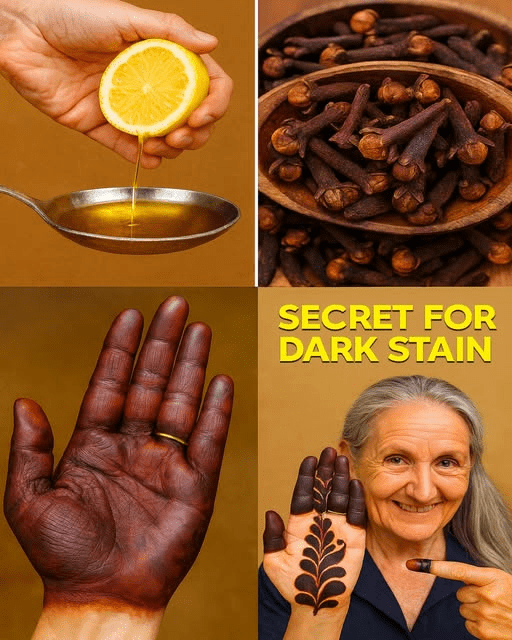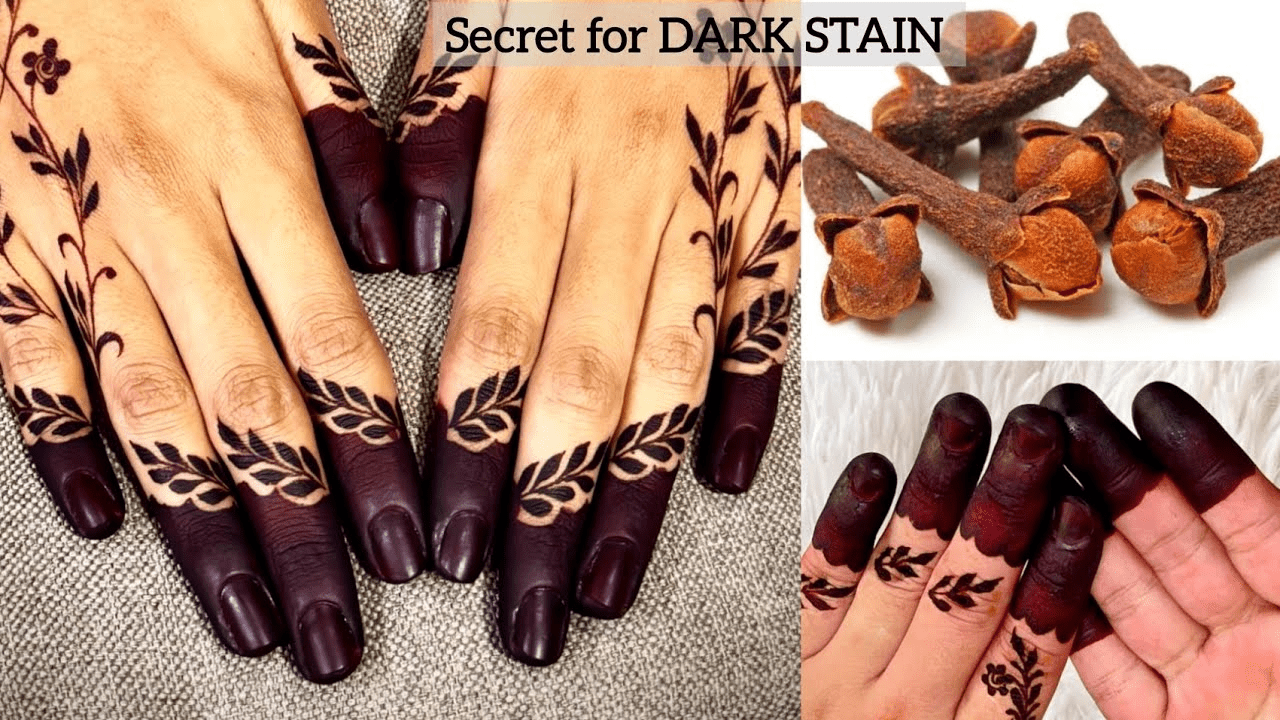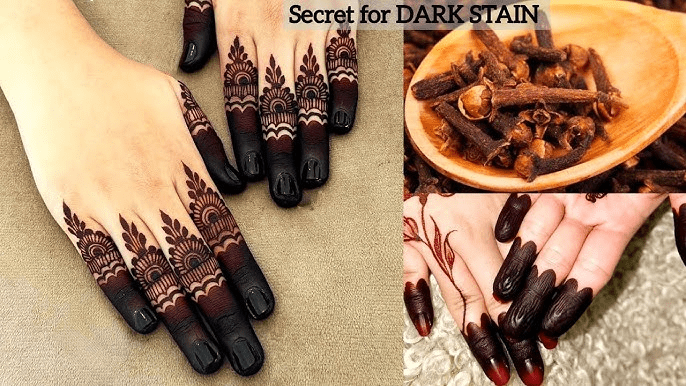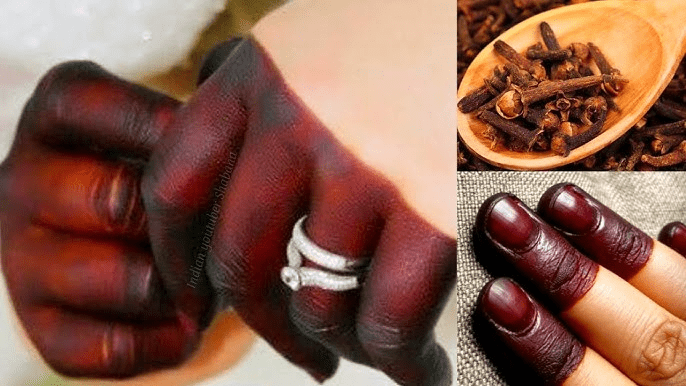Have you ever seen someone’s mehndi design and wondered why their stain looked so deep, rich, and lasting while yours faded in just a day or two? There’s something undeniably magical about a dark mehndi stain—it makes the design pop, enhances its beauty, and leaves you with that sense of celebration long after the event. What if I told you that one often-overlooked kitchen ingredient could be the secret behind that bold, long-lasting color?

The truth is, many people apply mehndi (henna) for weddings, festivals, or simply as a cultural expression of beauty, but often end up disappointed with the results. The stain can look too light, fade too quickly, or appear patchy. And while many try store-bought cones or pre-mixed powders, they often miss the natural methods that have been passed down for generations. Without the right approach, you’re left with dull results instead of the deep maroon stain you were hoping for.
If this sounds familiar, you’re not alone. The challenge of getting that perfect dark stain has been a common frustration for countless people. It’s not just about aesthetics either—mehndi is tied to cultural identity, family traditions, and even spiritual practices. When the stain fades too soon, it can feel like something special is missing. But here’s the exciting part: you don’t need fancy products or chemical-filled cones. The secret lies in using natural ingredients in just the right way.

Now, let’s walk through the countdown of what makes a mehndi stain go from light and fleeting to dark and unforgettable. And I promise, the number one tip at the end will reveal the often-overlooked ingredient that can transform your mehndi results.
- Fresh Henna Powder
Starting with number five: always choose fresh, high-quality henna powder. Old or stale powder may lose its natural dye content, resulting in a weaker stain. Henna leaves contain a compound called lawsone, which is responsible for that deep reddish-brown color. The fresher the powder, the more potent the dye release.
Mini-hook: Think of it like coffee—freshly ground beans give you a stronger flavor, and fresh henna gives you a stronger color.
- Lemon Juice for Activation
At number four is lemon juice. Why lemon? Because the acidic nature of lemon juice helps release the dye from the henna powder. Mixing lemon juice into your paste instead of plain water can create a smoother, more effective paste that clings better to the skin. This step is simple, but it makes a huge difference. - Sugar for Stickiness
Coming in at number three is sugar. It might surprise you, but sugar in your paste can help it stay moist and stick to your skin longer. When henna paste dries and cracks, the stain weakens. Sugar keeps the paste flexible, allowing more time for the dye to penetrate your skin.
Mini-hook: Imagine the difference between a flaky, cracked layer and a smooth, well-set coating—the latter gives you a deeper, more lasting stain.

- Essential Oils for Dye Release
Number two on our list is essential oils like eucalyptus or clove oil. Some studies suggest these oils can enhance dye release and make the stain appear darker. A few drops added to your paste can intensify the results. Plus, they add a lovely aroma that makes the whole experience more enjoyable. - The Clove Trick for Darkness
And finally, number one: the clove steam method. This is the often-overlooked secret that can elevate your mehndi stain from average to extraordinary. After applying and allowing the paste to dry slightly, you can expose your hands or feet to the steam of cloves being heated on a pan. The warmth and natural oils released from the cloves may help deepen the stain and lock in that rich color. Be careful, of course, not to burn yourself—gentle steam is all you need.
So how do you put this all together? Here’s a simple, safe recipe: mix fresh henna powder with lemon juice until it forms a smooth paste. Add one teaspoon of sugar and a few drops of clove or eucalyptus oil. Let the paste rest for several hours (or overnight) to allow the dye to release. Apply it in your favorite design and let it dry naturally. Once semi-dry, you can carefully expose it to clove steam for a few minutes. Keep the paste on as long as possible before scraping it off—avoid washing with water immediately.

This method may help you achieve the kind of deep, long-lasting mehndi stain that makes your designs stand out. And the best part? These ingredients are often already in your kitchen, natural, and inexpensive.
Why not try this for your next celebration or even just as a personal experiment? You may find that the results speak for themselves, and your designs last longer and look richer than ever before.
Try this small change this week and tell us what happened.
This article is informational only and does not replace professional medical advice — recommend readers consult a qualified healthcare provider for personalized guidance.

Nhận xét
Đăng nhận xét